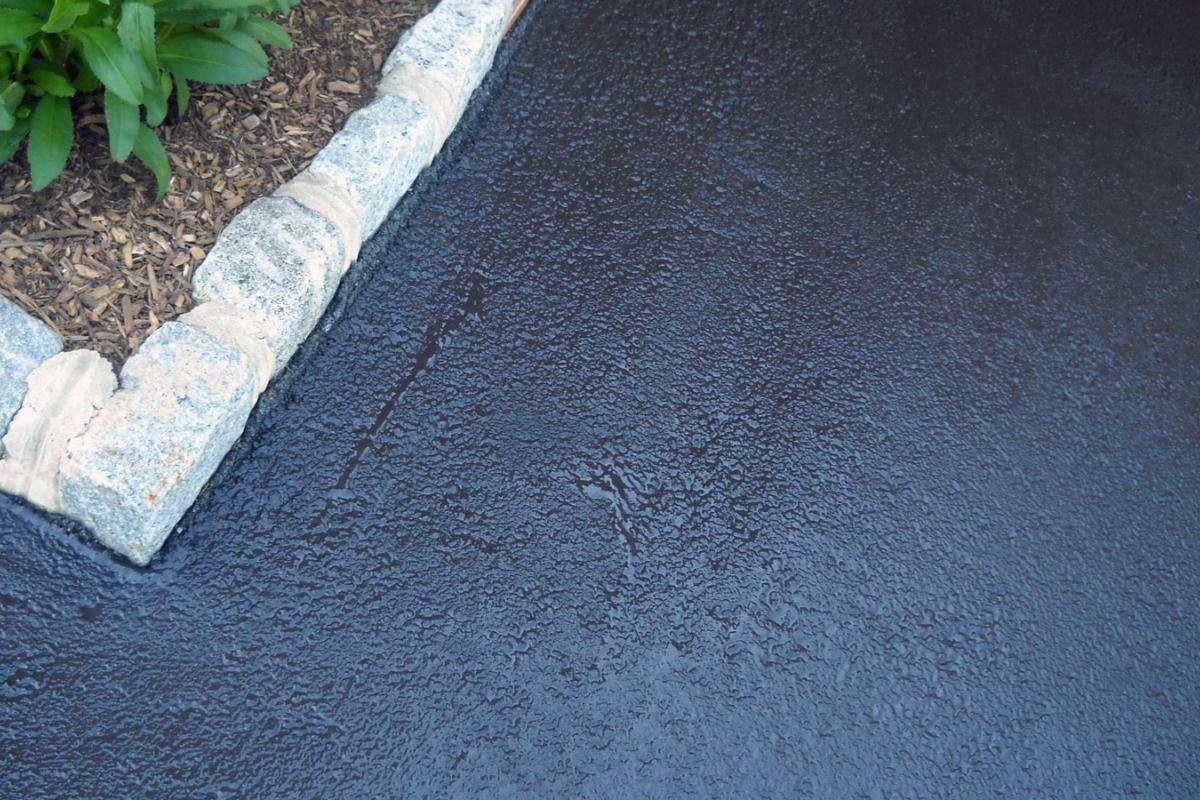
Were you aware that in just a few hours, a faded and dreary-looking asphalt pavement surface could be restored to almost new condition through sealcoating? The benefits and magic of sealcoating in Orlando are real, and we are here to share some fascinating facts about sealcoating with you.
Sealcoating is a thin layer of liquid spread over a paved surface to protect it from fluids from vehicles, rain and snow, and damage caused by UV rays. Sealcoating in itself is not designed to fix existing issues in the pavement like cracks and potholes, but it will go a long way toward helping to prevent such damage from forming in the first place.
Correctly applying a sealcoat is essential to extend the life of asphalt paving and keep out damaging elements.
Every road, parking lot, and driveway is different. Therefore, there are many factors to consider, and there is no simple answer to whether a surface should be repaved or sealcoated. Important considerations include whether the surface has severe existing damage. In this case, it is often time to consider investing in having the surface repaved instead of just patching trouble spots and applying a sealcoat over it.
When pavement becomes severely broken down, it can take on a similar look to alligator hide, known in the industry as alligator cracks. To crack fill over a patch of alligator cracks would likely transform the area into one big sheet of crack filling rubber. Suppose this were to be done during warm weather. In that case, vehicle tires may adhere to the crack filler and pull up the pavement, so in this type of situation, sealcoating is not a viable option, and repaving is a much better choice.
While sealcoating in Orlando can help keep asphalt structures attractive, smooth, and functional, there are limits to its magic. Therefore, asphalt surfaces should be carefully inspected before the decision to sealcoat can be guaranteed to solve the problem.